From above, in the middle of the vast wilderness of Sumatra Island (Indonesia), the ancient temple complex of Muarajambi, hidden in dense greenery, stretches along the banks of the Batanghari River, which flows from the highlands in the west of Sumatra Island to the estuary in the east and empties into the Java Sea.
The area is identified as one of the oldest and largest Buddhist cultural heritage sites in Southeast Asia. It is one of Indonesia's potential candidates for UNESCO World Heritage status.
A heritage forgotten for more than 500 years
Moss-covered brick foundations dotted along the banks of the Batanghari River, Sumatra's longest river, are silent relics of a brilliant civilization that existed thousands of years ago.
Speaking to VNA reporters at the ancient Muarajambi temple complex, Mr. Agus Widiatmoko, head of the Jambi Cultural Heritage Conservation Agency, said that the Muarajambi Temple complex covers about 12 square kilometers and stretches more than 7 kilometers along the Batanghari River, the longest river on Sumatra Island. It is believed to date from the 7th to the 14th century and is closely associated with the history of the ancient Melayu Kingdom.
After the fall of the Srivijaya Empire in the 14th century, Muarajambi gradually fell into oblivion, abandoned and covered in dense jungle for more than 500 years. Traces of ancient temples were first discovered by a British officer in 1824 while surveying the area.
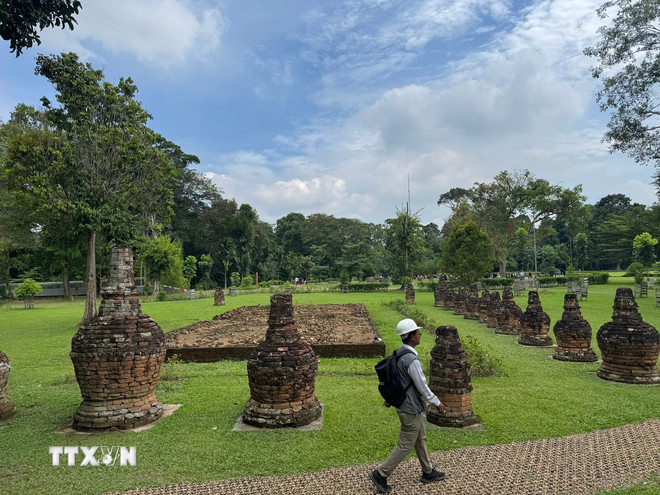
It was not until more than 100 years later that the mysteries and wonders of a vast area of nearly 4,000 hectares were gradually revealed when archaeologists discovered more than 115 ancient relics, including at least 82 temples and towers, mainly built of baked bricks. Currently, 10 temples have been excavated, restored and opened to visitors.
According to archaeologists, the Muarajambi relic site is 24 times larger than the Angkor Wat complex in Cambodia.
Ancient temple structures such as Candi Gumpung, Candi Tinggi, Candi Kedaton, Koto Mahligai or Astano, which include Buddhist temples, monasteries and viharas, are living evidence of a major religious-academic center that flourished during the ancient Melayu Kingdom and later the Srivijaya Empire.
Cultural expert Tarida Pamong says Muarajambi's special feature is its central role in the medieval international Buddhist network.
The story of the great Zen master Atisha Dipankara who crossed the sea from India to Sumatra to “seek a master and study” at Muarajambi in the 10th century, recorded in many Tibetan Buddhist texts, is a testament to the far-reaching influence of this place.
Timeless architecture and construction techniques
According to experts, the structure of Muarajambi bears a striking resemblance to Nalanda, the famous major Buddhist center in India.
The temples, reservoir system, canals and spatial organization show that this was once a gathering place for scholars, monks and Buddhists from all over Asia to study.
Research findings also indicate that Muarajambi was the religious and academic center of the ancient Malay Kingdom during the period from the 7th to the 14th centuries, when Buddhism and Hinduism were the dominant religions. The architectural works here reflect the cultural exchange and advanced construction techniques of that period.

During its seven centuries of existence, it not only propagated Buddhism but also taught the fields of medical science, philosophy and architecture and had close ties with Nalanda, the world's leading center of Buddhisteducation at that time.
The temples at Muarajambi were built mainly of baked bricks, closely packed together and without mortar, a technique similar to that used at Angkor or Borobudur.
The ancient canal and pond system, along with green glazed tiles originating from China, show that the technology for creating waterways and international trade was well developed.
The structures of the temples that have been discovered and restored show that the spatial design can gather hundreds, even thousands of people at a time. Each temple does not stand alone but is always combined with other structures to form a complex.
Kedaton Temple, for example, is the largest temple complex in the area, comprising a main temple, an annex, a pair of brick structures, surrounded by a main fence and a fence and a ditch.
Temples based on Hindu-Buddhist philosophy also formed an important traffic route for Hindu-Buddhist monks and Buddhists between China (Guangdong), Indonesia (Malay-Sriwijaya) and India (Nalanda).
Archaeologists say that the temples discovered are scattered in groups with different components, sizes and areas, along with a system of brick fences, which are evidence of a strict arrangement and design between sacred and secular spaces, public and private spaces.
These spaces are created from the temple layout model with main temple, secondary temple, gate, fence, moat. The concentric structure around the main temple uses a typical layout similar to the structure of the world heritage site Nalanda in India.
This is evidence of a direct connection between this area and the world's oldest Buddhist educational center Nalanda in India.
According to Mr. Agus, the archaeological remains reflect the combination of form and layout of two major cultures, the Gupta Kingdom in India and the Sriwijaya Kingdom in Indonesia.
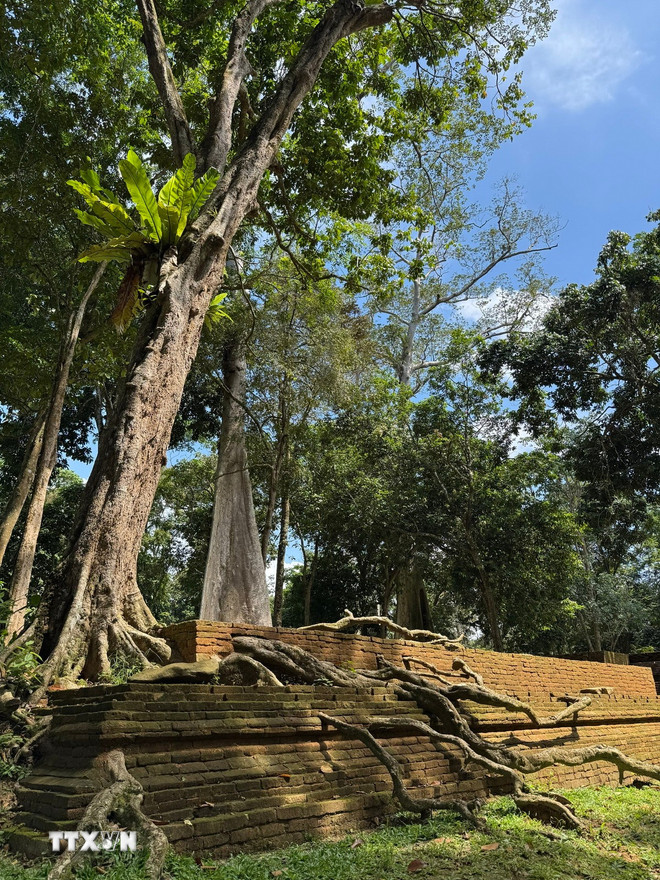
The fusion is expressed through design and architecture characteristic of Buddhist culture that reached its peak in the 10th century AD.
The found motifs also testify to the role of the Muarajambi Temple Complex as part of the development of Buddhist teachings and education in Southeast Asia in particular and Asia in general.
More than a mere ruin, Muarajambi is a place where past and present come together. It is a place where Buddhism was studied, taught, practiced and spread throughout Southeast Asia. It is also a place where ancient education, faith, art and technology converge in a deeply spiritual space.
In a world that is constantly changing, amidst the fast pace of modern life, Muarajambi is gradually emerging as a deep, calm, ancient, yet vibrant breath.
Each thousand-year-old red brick not only tells the story of a once-brilliant Buddhist civilization, but also reminds us of the connection between people and spirituality, between academia and faith.
More than just an archaeological site, Muarajambi is a living symbol of wisdom, of the convergence of major Asian cultures, and of the journey to find the source of peace.
As ancient traces are restored, each tree, inscription and temple is gradually returning, bringing new values as a connection from the past to find a path for the future.
The ancient Muarajambi temple complex in Jambi province, Sumatra island, Indonesia, is one of the largest Buddhist relic complexes in Southeast Asia.
Covering an area of nearly 4,000 hectares, this relic site includes more than 115 structures, including at least 82 ancient temples and monasteries dating from the 7th to the 14th centuries.
After more than 500 years of being abandoned and covered by dense forests, Muarajambi was rediscovered in 1824 and Indonesia recognized Muarajambi as a National Cultural Heritage Site in 2013./.
Source: https://www.vietnamplus.vn/muarajambi-di-san-phat-giao-lon-nhat-dong-nam-ao-indonesia-post1040177.vnp


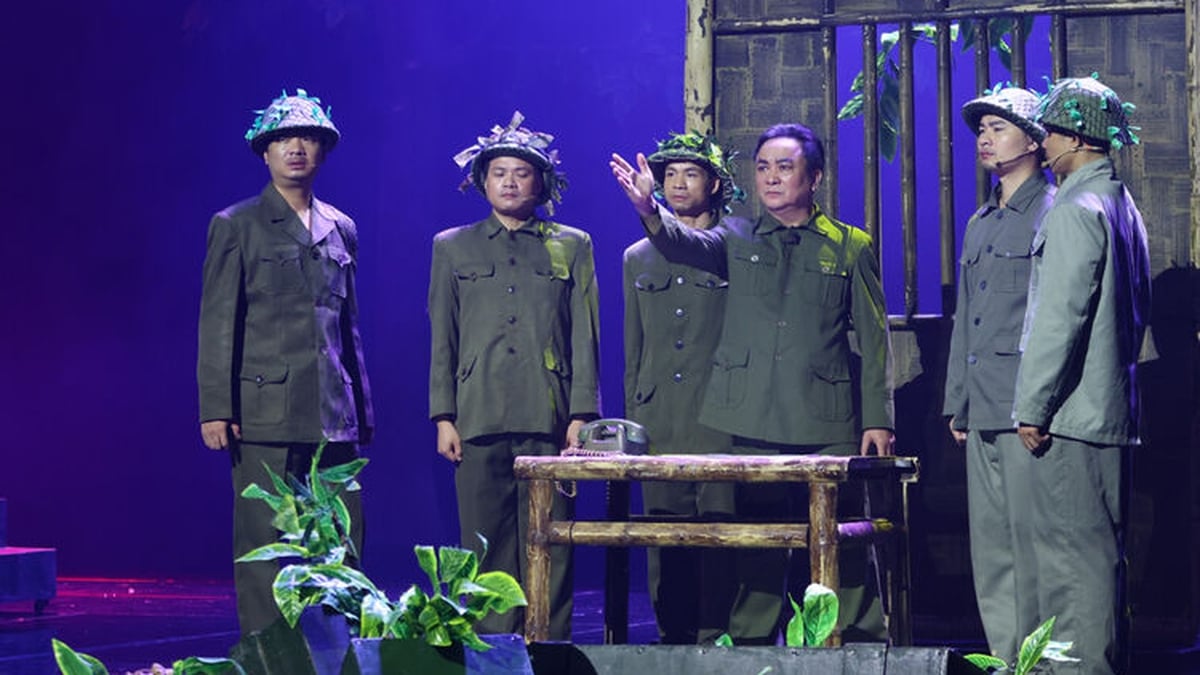
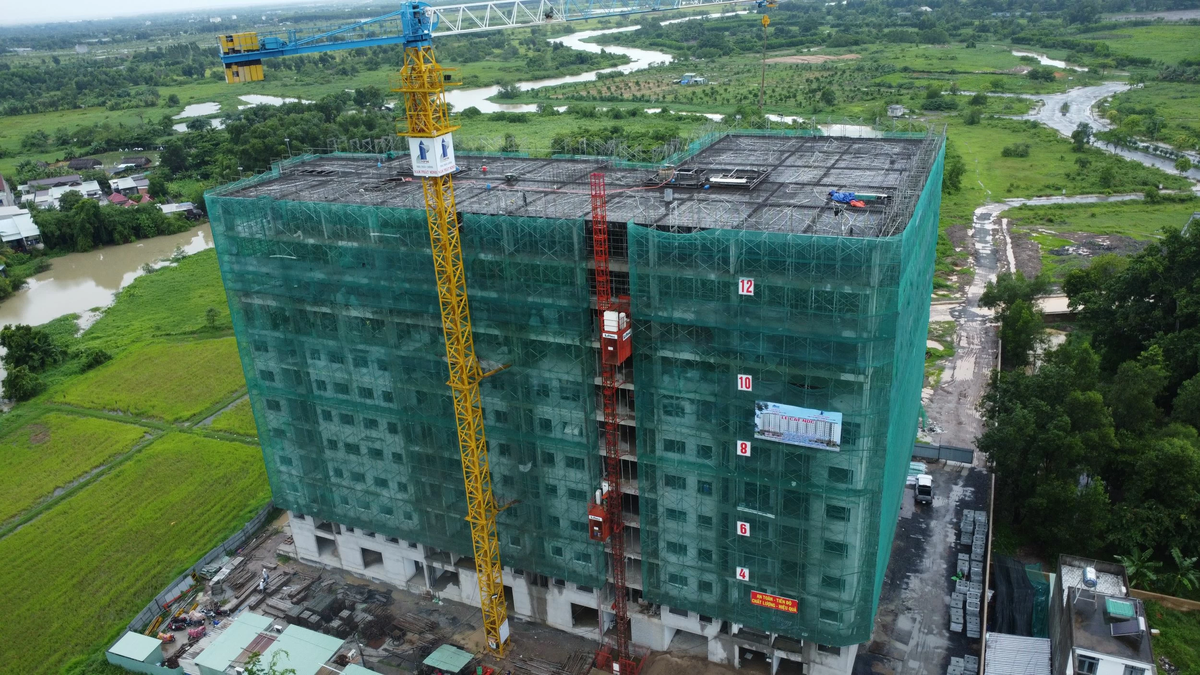
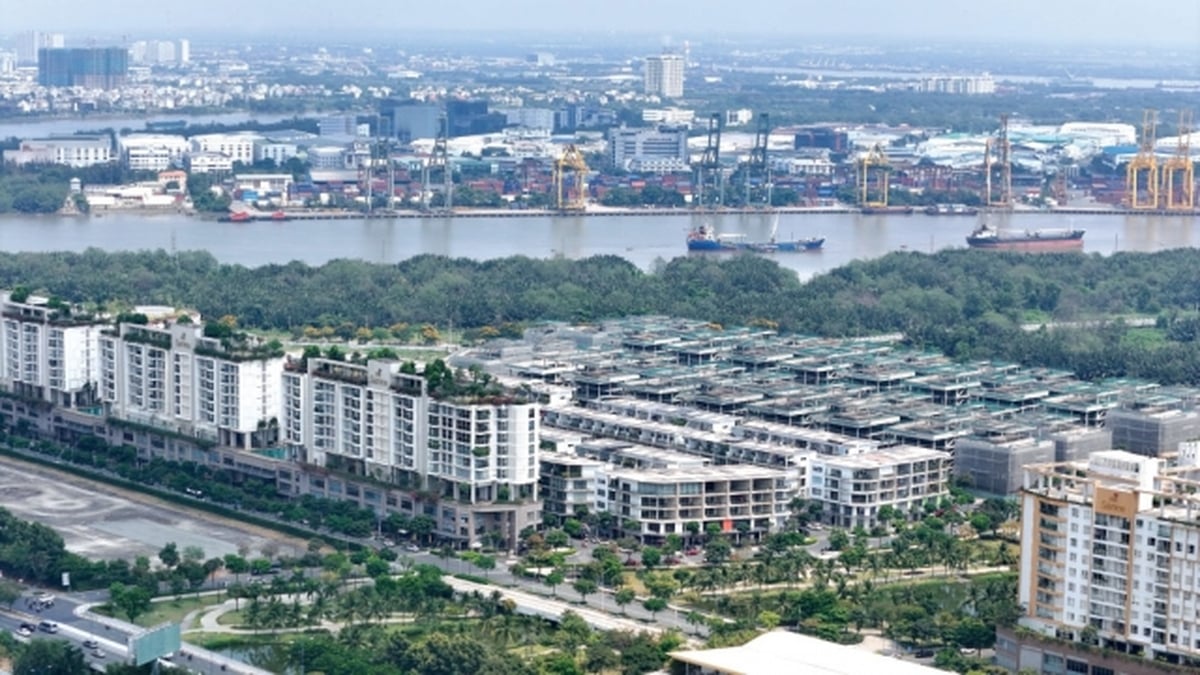

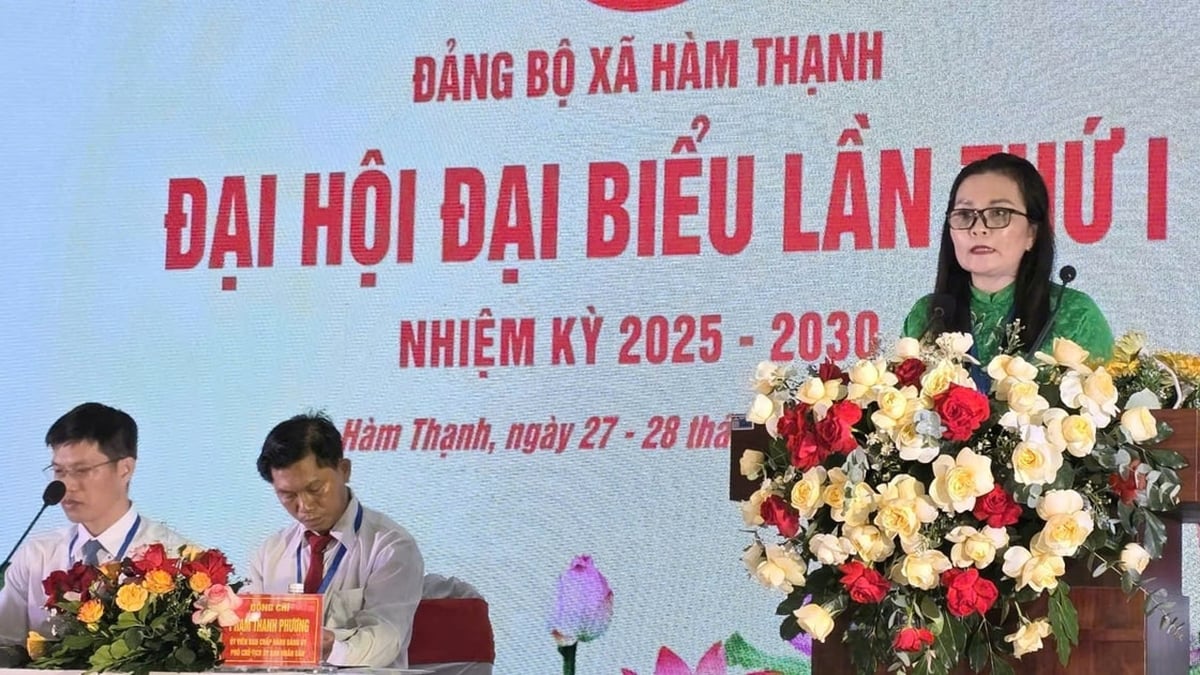



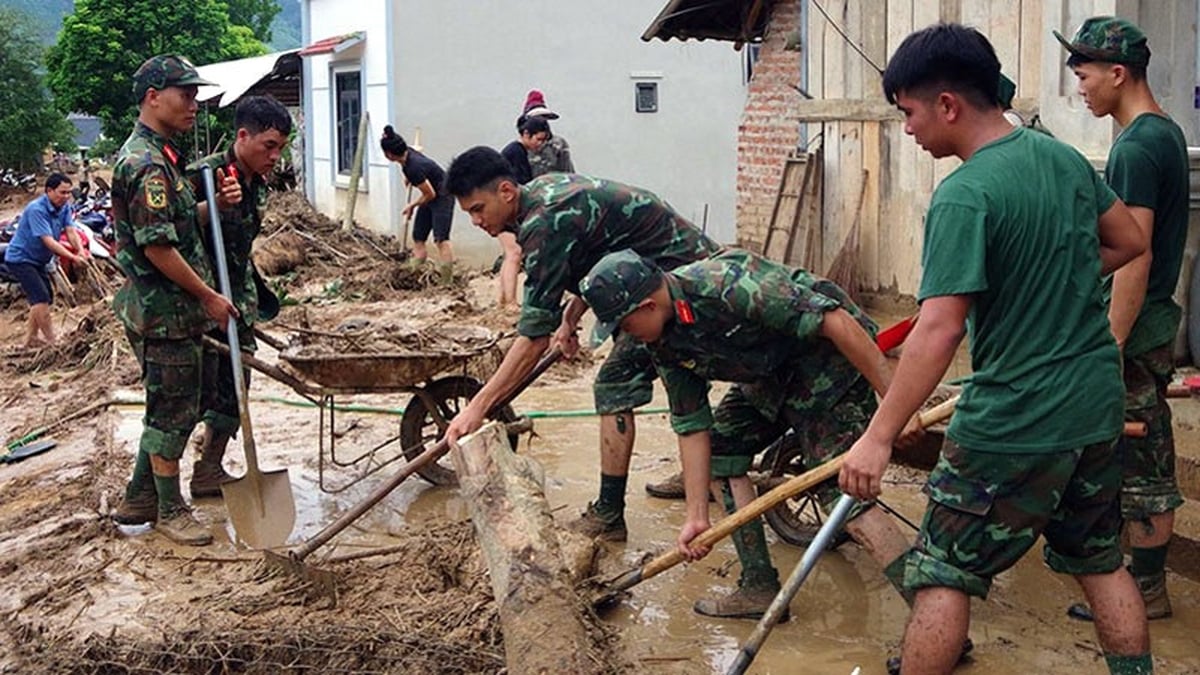











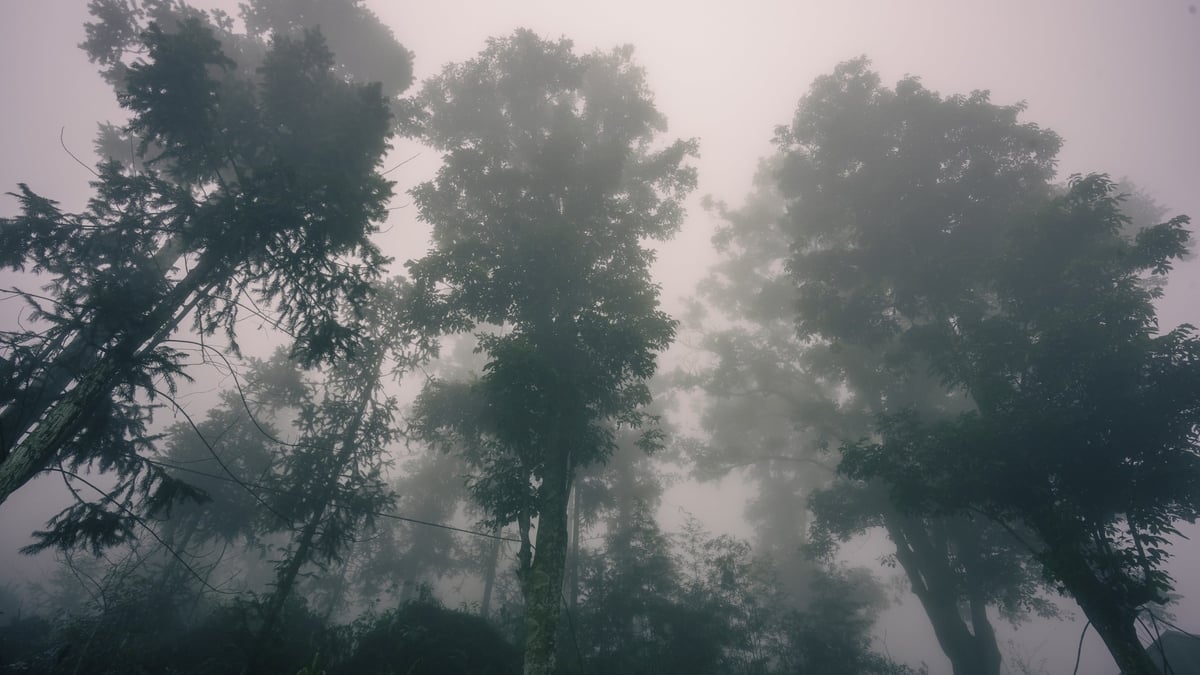


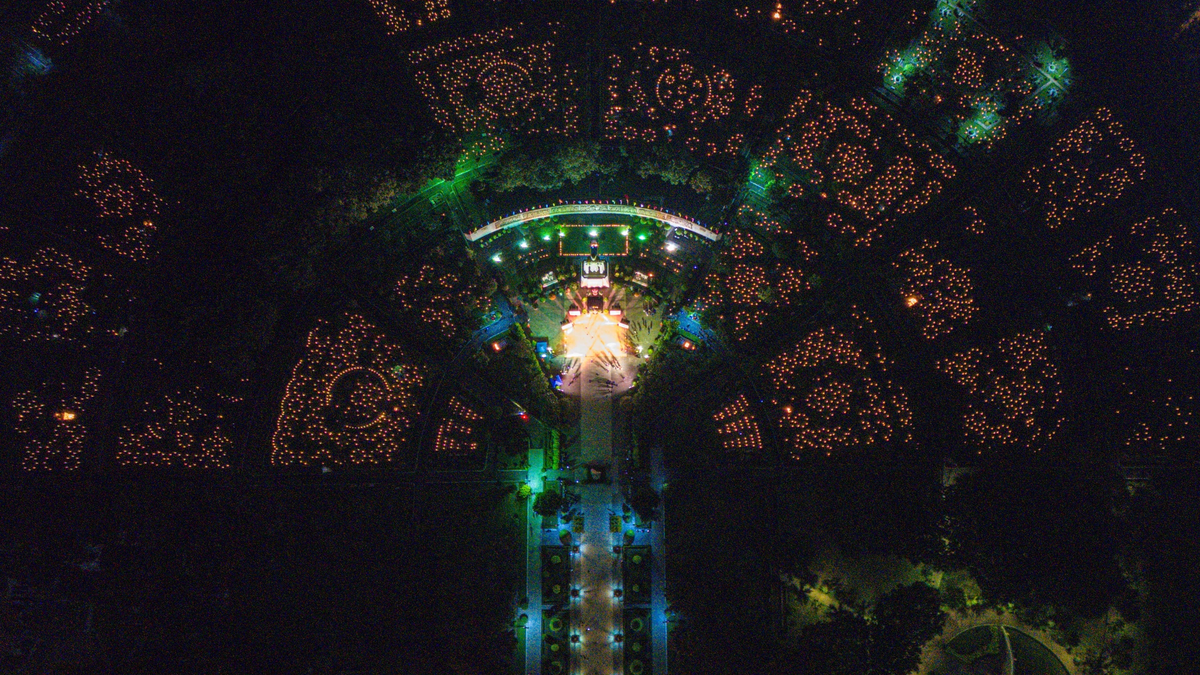





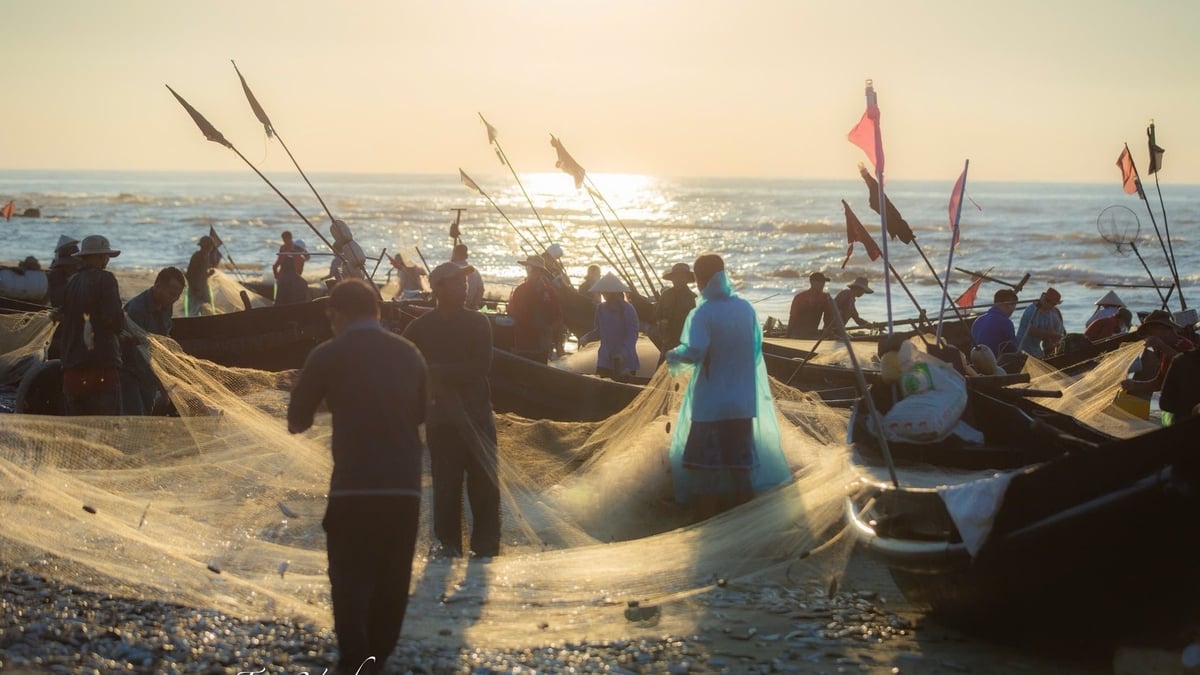
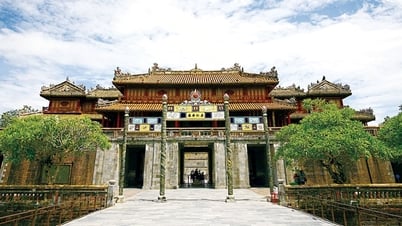

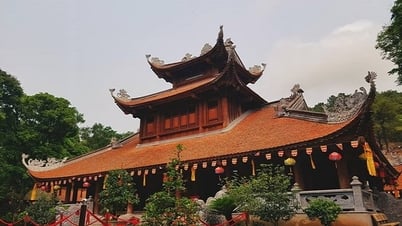


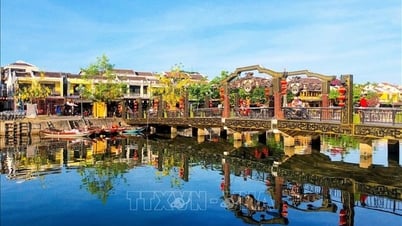

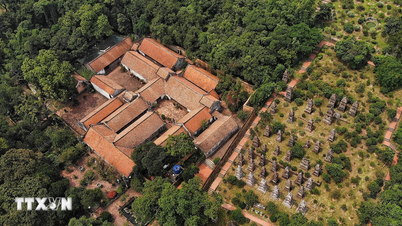




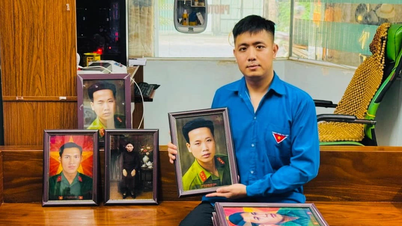



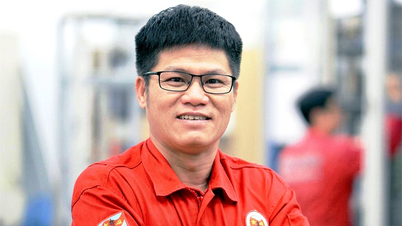













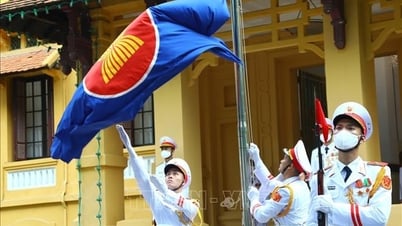


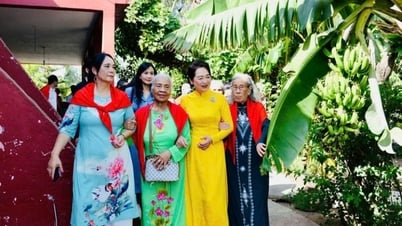

![[Photo] General Secretary To Lam visits the Department of Internal Political Security](https://vphoto.vietnam.vn/thumb/402x226/vietnam/resource/IMAGE/2025/7/28/d5e2b68a76a04af596cf4466b2acb297)
![[Infographic] Inter-Parliamentary Union (IPU) and the participation of the Vietnamese National Assembly](https://vphoto.vietnam.vn/thumb/402x226/vietnam/resource/IMAGE/2025/7/28/c3a03f091dc34f20b5e0a758eb5a1264)







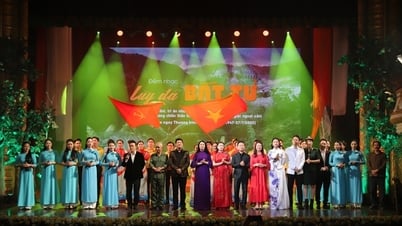





















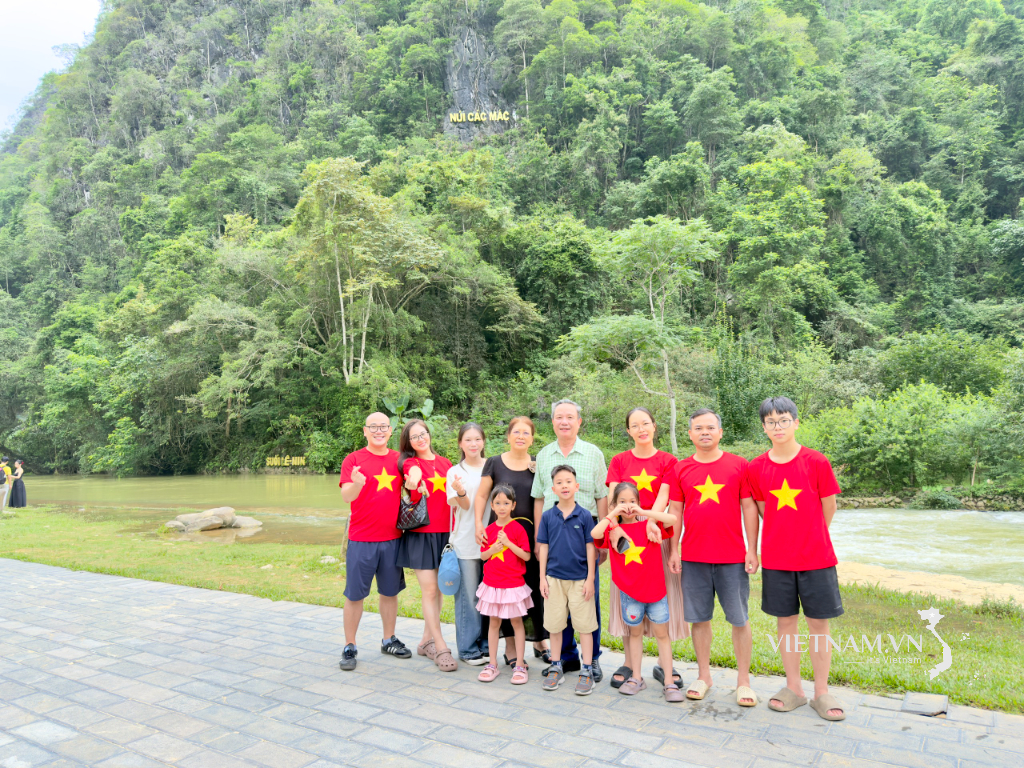
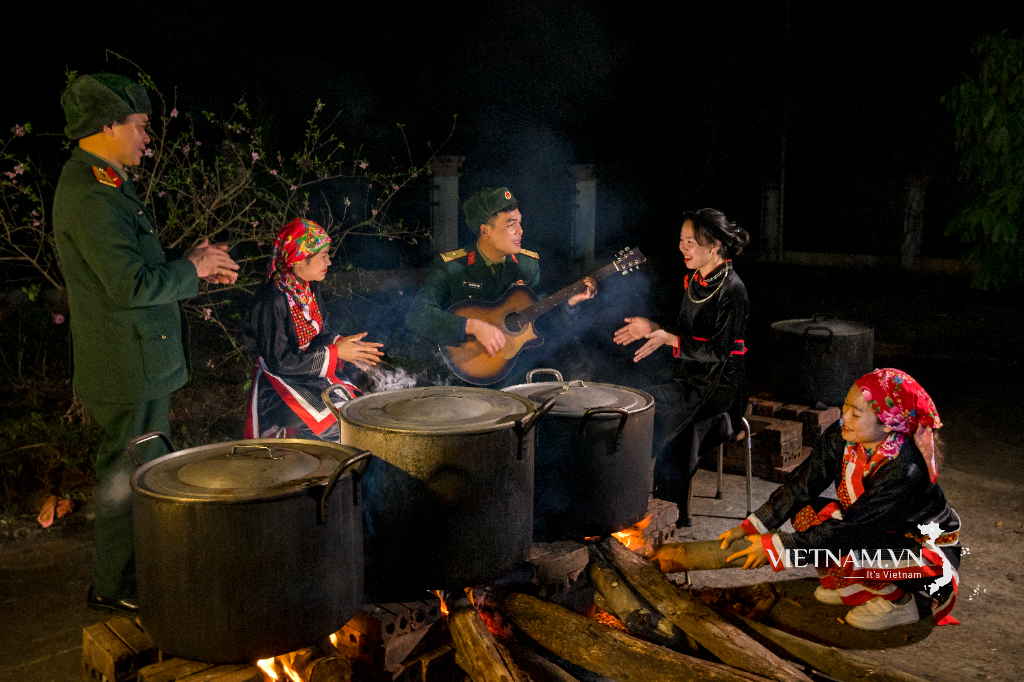
Comment (0)